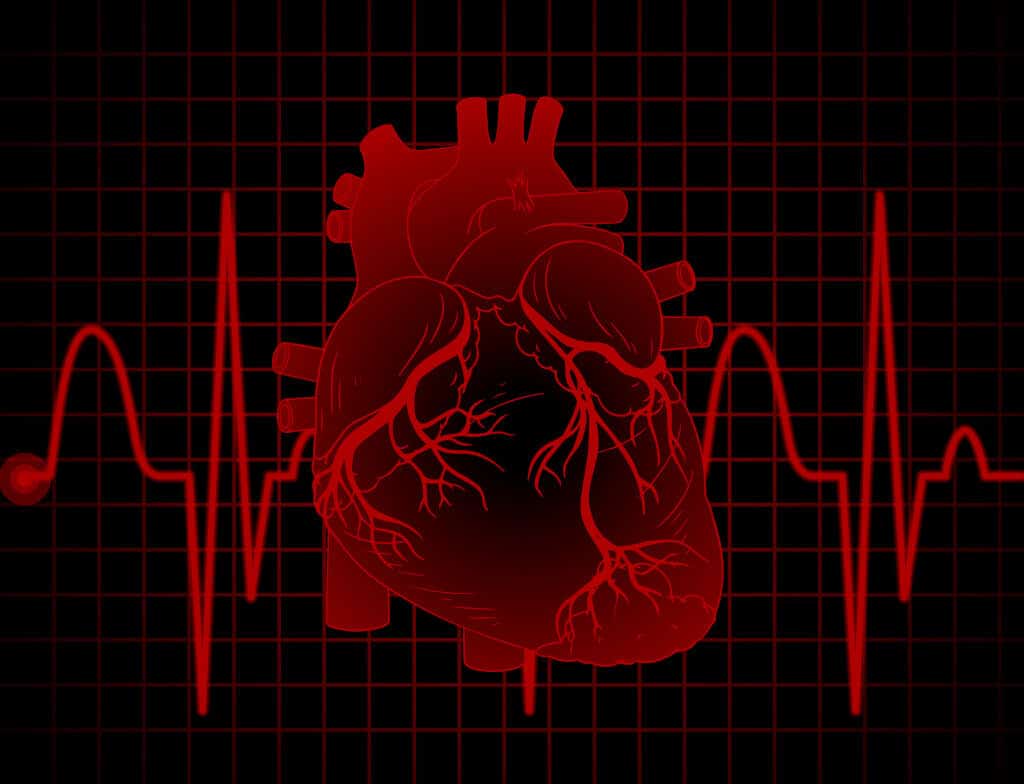Coronary artery disease is one of the top causes of death in the United States and the rest of the globe. Around 610,000 fatalities annually in the United States and 17.8 million worldwide are attributed to coronary artery disease.
This fatal condition occurs when the coronary arteries, which carry oxygen-rich blood to the heart muscle, become blocked by plaque. Plaque can harden and crack over time. Thus, decreasing the amount of blood that is oxygen-rich. When this occurs, the arteries are significantly narrowed or blocked. It would then lead to the heart being deprived of oxygen and nourishment.
At the initial stage of this process, the person won’t exhibit any symptoms and will be entirely ignorant. However, if the condition worsens over time, it results in some symptoms. This includes heart attack, chest discomfort, pain in other body parts, and possibly death.
How Does Coronary Artery Disease Affect The Body?
Heart attacks are the major complication of coronary artery disease. This is a life-threatening medical emergency. When the heart muscle isn’t getting enough blood, it begins to die. For the heart’s blood flow to be restored, immediate medical intervention is required.
Coronary artery disease can also lead to ischemic stroke. A stroke happens when the arteries leading to your brain become narrow or blocked. The risk of developing blood clots increases if your heart isn’t functioning correctly. The parts of the brain that govern speech, strength, and memory could suffer brain cell death due to a stroke.
Additionally, coronary artery disease impairs the heart’s capacity to pump blood to the body’s regions. Hence, the lungs or kidneys may start to fill up with fluid if the heart is frail and unable to pump blood effectively. The regular flow of water and waste through the kidneys is disturbed when insufficient oxygen-rich blood. The ankles, feet, and legs may become swollen or edematous.
One can have shortness of breath or feel more exhausted than usual if they don’t have it since their cells won’t function as they should.

Consequences Of A Failure To Diagnose Coronary Artery Disease
The most lethal illness in the nation is heart disease. The proximate cause of this deadly disease is surmised to be a bad diet and sedentary lifestyles.
What is especially devastating is when coronary artery disease is identified too late. It could be either on the operating table or in the emergency room. A doctor’s failure to diagnose a patient’s illness indicates that the patient was denied the chance to improve their health had the advanced disease been identified earlier.
A misdiagnosed heart condition can significantly affect a person’s quality of life, in addition to causing health problems. Many victims rack up medical expenses in the tens of thousands of dollars, cannot work while they heal, and need further care.
An excellent example of a case that shows the dire consequence of undiagnosed coronary artery disease is the case of Stovall v. Clarke.
In this case, the plaintiff brought a medical malpractice action against the decedent’s doctor for carelessly failing to do necessary diagnostic testing and identifying the decedent’s fatal coronary heart disease. The court determined that the decedent’s doctor was negligent and gave judgment for the plaintiffs.

Using Medical Animation To Illustrate The Consequences Of A Failure To Diagnose
Using medical animation to illustrate a misdiagnosis of coronary artery disease cannot be overemphasized. It provides a clear picture of the situation and makes the issue easier to understand.
Proving a medical malpractice claim, especially those involving a disease without visible symptoms at its early stage, such as coronary artery disease, can be a herculean task. This is because of the many factors that make up a failure to diagnose claim.
In cases like this, the claimant must bring sufficient evidence to determine whether the doctor acted incompetently. The patient must demonstrate that the doctor was mistaken, that the proper tests weren’t done, or that the doctor should have sought additional specialists for a second opinion. Proving all these to the jury may be challenging without a visual representation of the situation.
Using medical animation, the legal professional could present the argument to everyone visually and orally. This legal tactic has shown to be successful.
The first aspect illustrates the coronary artery and the heart structures using medical animation to the jury. Here, the lawyer will use an expert witness to explain how the heart should appear and work in this case and how the delayed diagnosis has had a significant negative impact. In this manner, they can attempt to describe the level of suffering the claimant would be experiencing.
For cases where the claimant suffered a heart attack due to the disease, medical animation can show how an earlier diagnosis would have prevented this from happening.
Furthermore, for a patient that suffered a stroke as a result of the failure to diagnose the heart condition earlier. The attorney can employ medical animation to show how an early surgery could have prevented it.
Conclusion
All of these situations and conditions surrounding a case of coronary artery disease can be illustrated with the help of a legal animation company.
Fox-AE is one such legal animation company with proven success stories of creating effective and accurate demonstrative exhibits. In collaboration with your expert witness, our team of in-house medical animators will produce the demonstrative exhibits necessary for your case to succeed.





